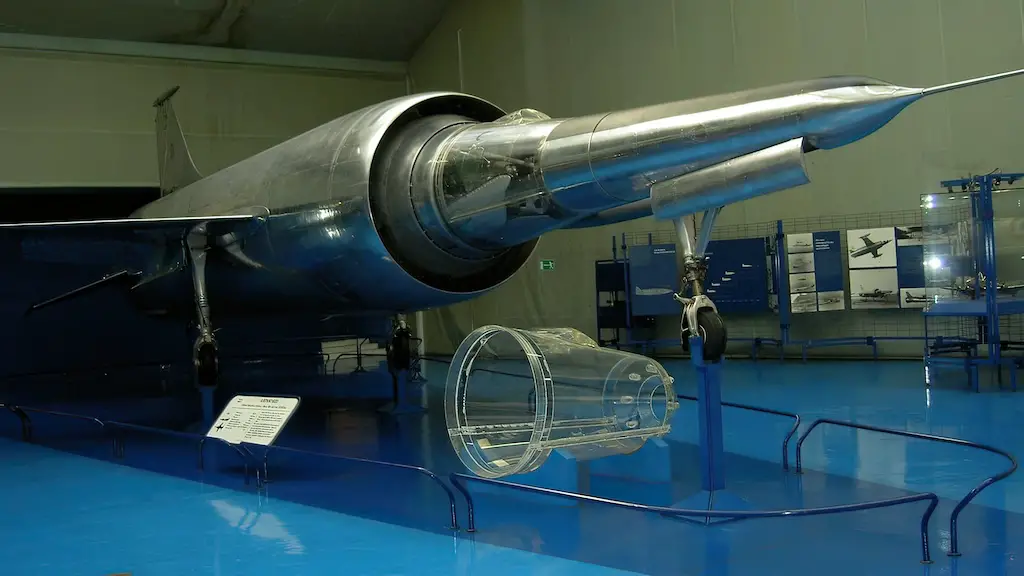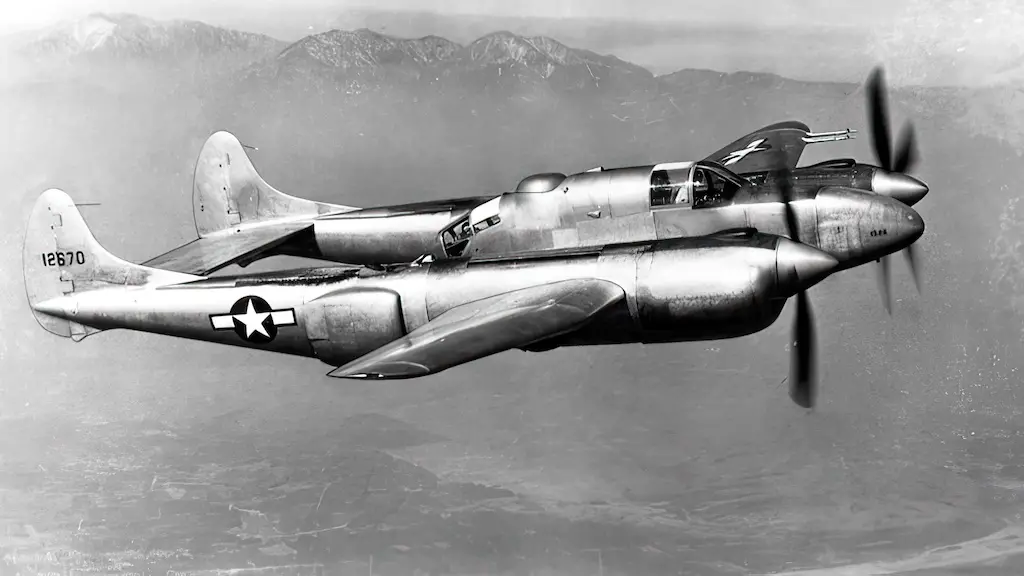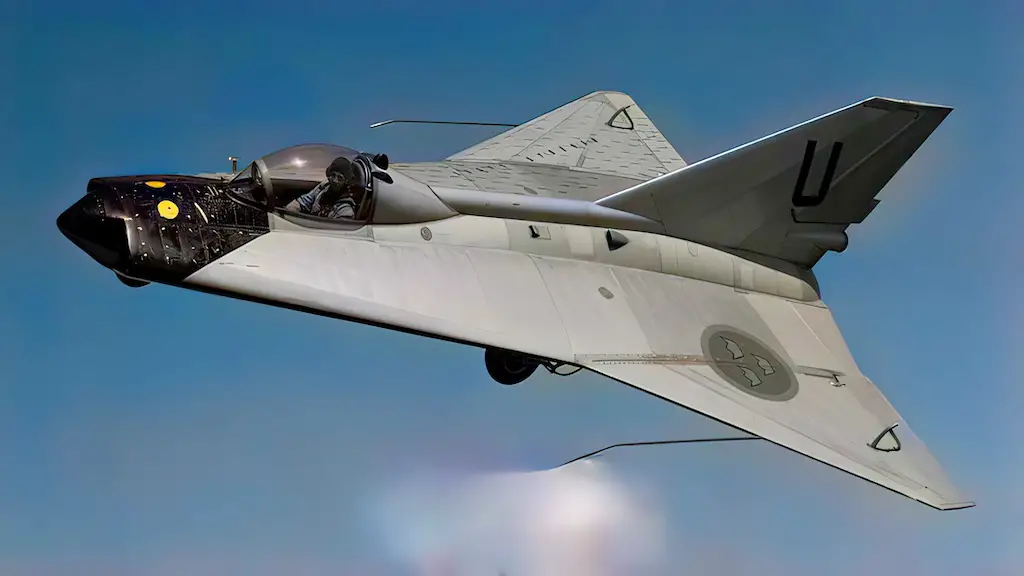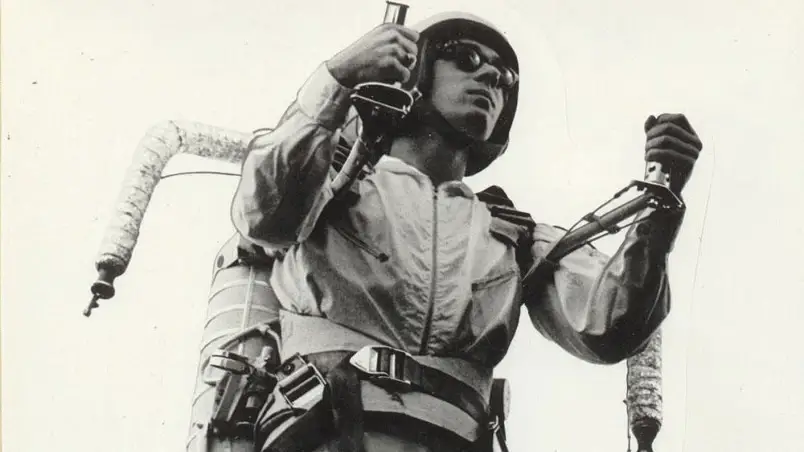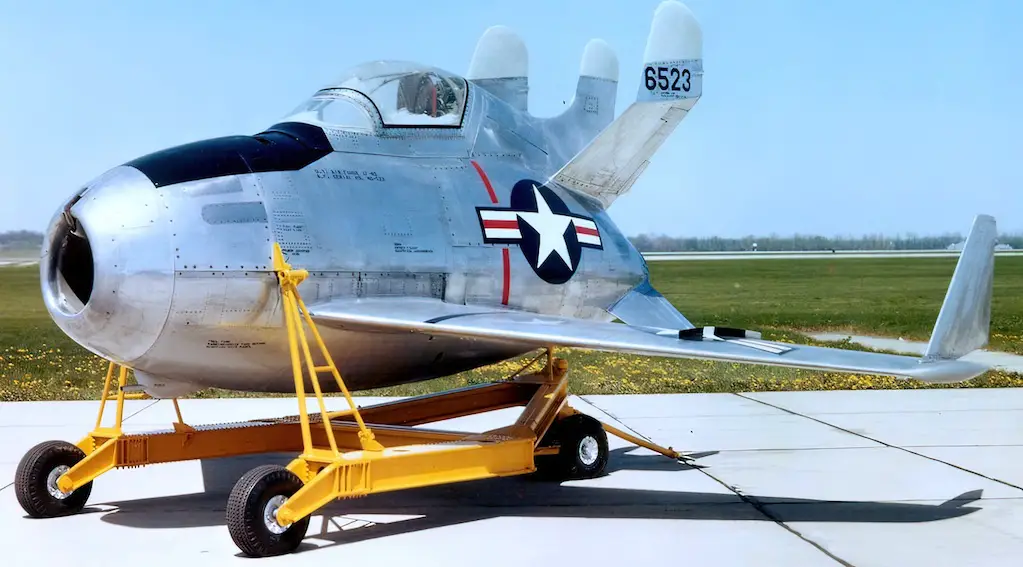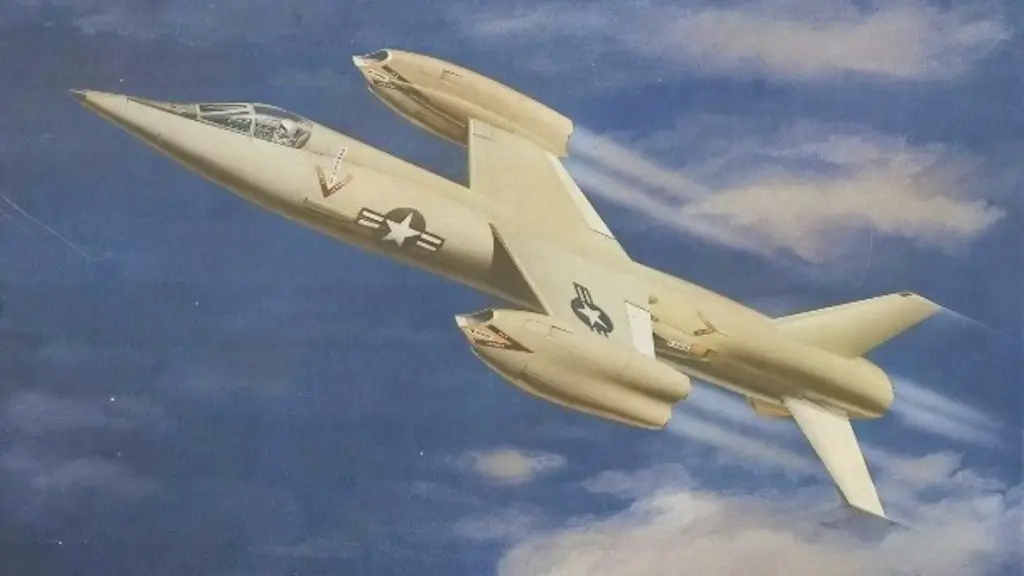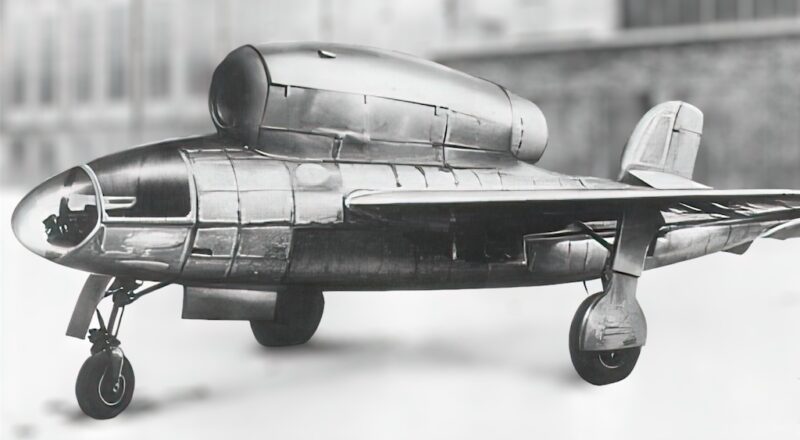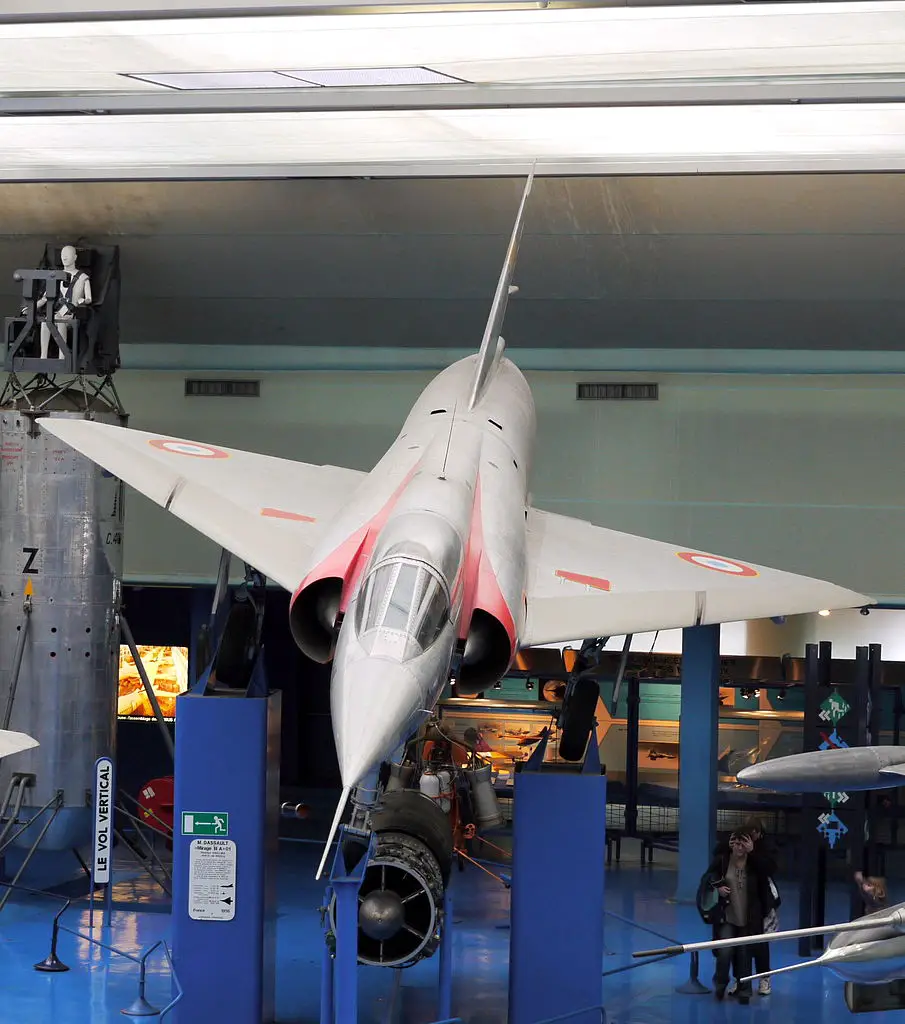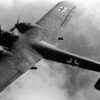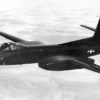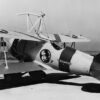The Leduc 022’s Origins
In the world of aviation, some designs stand out for their revolutionary vision, and the Leduc 022 is a prime example. Born out of the innovative mind of René Leduc in mid-1950s France, this aircraft was more than just a machine; it was a symbol of ambition and forward-thinking. Leduc, with a history of ramjet experimentation dating back to before World War II, had already made waves with his Leduc 0.10 and 0.21 models. The French government’s interest peaked with these developments, leading to the commissioning of the Leduc 022 – a short-range supersonic interceptor.
The design criteria were clear: an interceptor capable of rapid response and potent enough to neutralize aerial threats. The result was an aircraft that could operate independently from runways, a significant leap from Leduc’s earlier designs that needed a mother aircraft for altitude attainment. Yet, this ambitious project faced an untimely demise due to budget constraints and changing military priorities, halting the program before the second prototype could see completion.
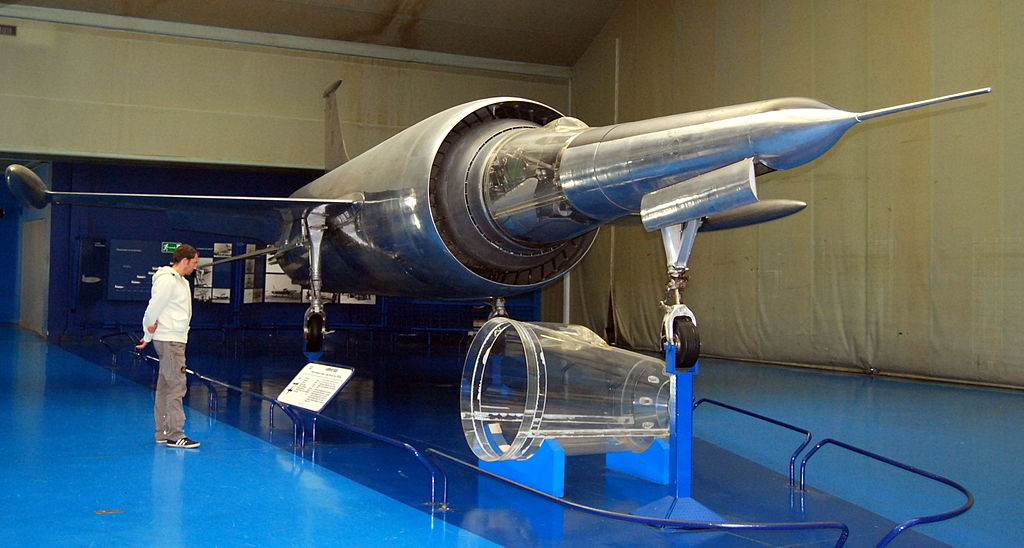
Propulsion Innovation
The Leduc 022’s propulsion system was a marvel of engineering, combining a traditional turbojet with a powerful ramjet. This dual-engine setup was a significant evolution from Leduc’s earlier designs. The turbojet, initially a Turbomeca Ossau and later upgraded to the more robust SNECMA Atar 101D-3, allowed the 022 to operate autonomously, a first for Leduc’s aircraft. The ramjet, a refined version of Leduc’s ongoing development since 1938, was the core of the 022’s impressive performance.
The ramjet’s mechanism was intriguing: air was channeled through six ducts in the nose, mixing with fuel in the double-walled fuselage and igniting to produce thrust. This innovative system promised a rapid climb rate, far exceeding traditional jet engines of the time. This unique combination of turbojet and ramjet technology was a significant step forward in aviation, showcasing the potential for mixed-power aircraft.
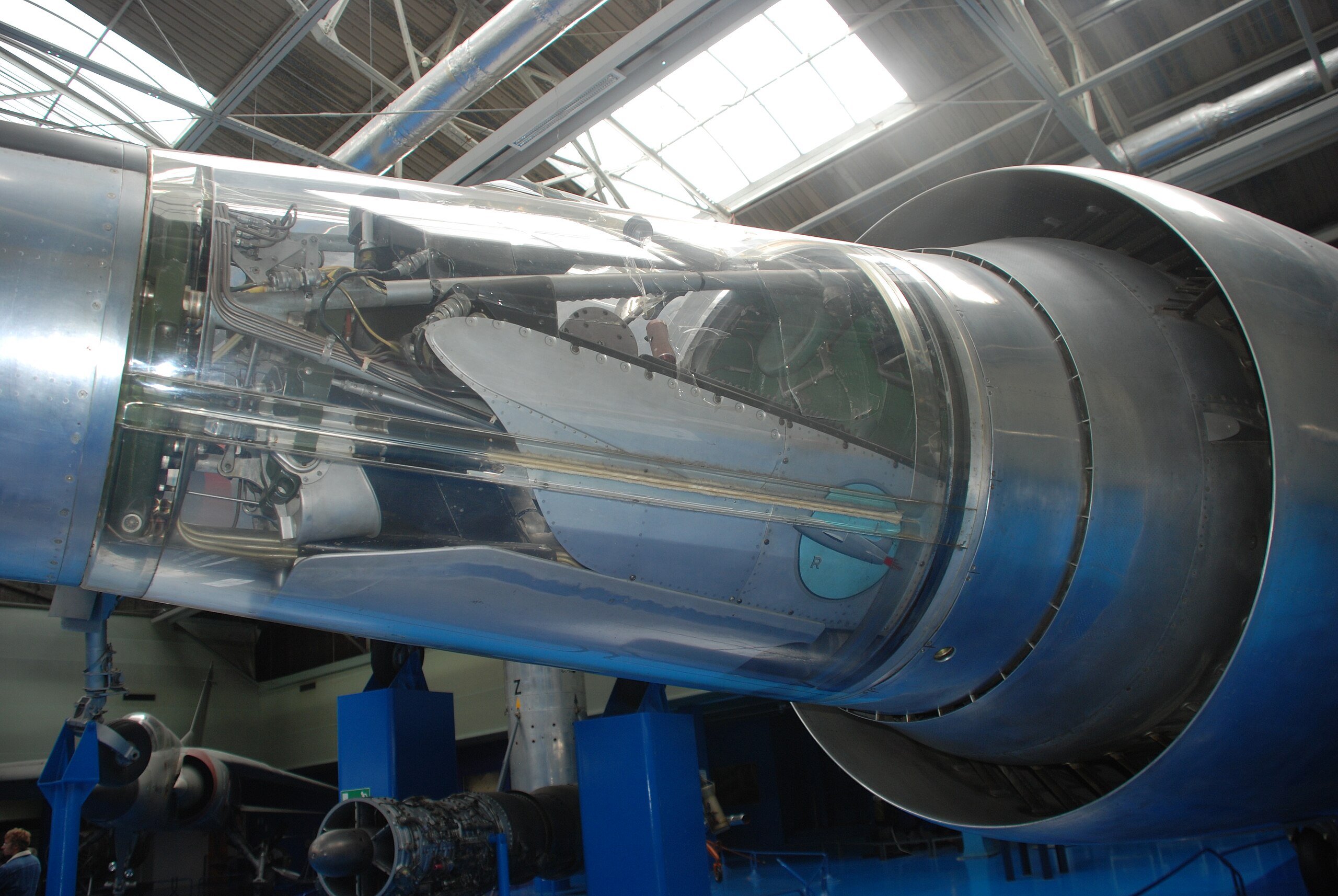
The Nose of Safety
One of the most distinctive features of the Leduc 022 was its nose section, which served a dual purpose. Not only did it play a critical role in the aircraft’s propulsion system, but it also housed a unique safety feature: an escape capsule for the pilot. The transparent Plexiglass cockpit at the front of the protruding nose was designed to detach, enabling the pilot to eject safely in emergencies. This innovative approach to pilot safety was a testament to the thoughtful engineering behind the Leduc 022, considering the extreme speeds and altitudes at which the aircraft operated.
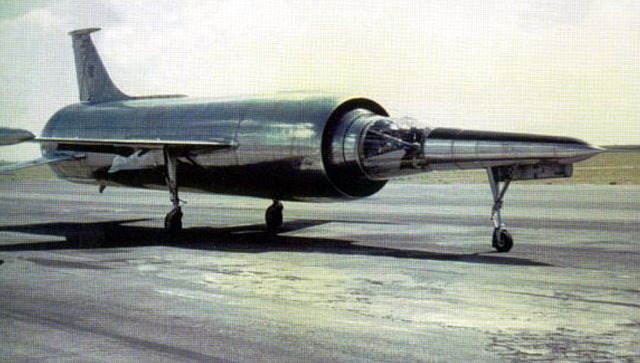
The Dead End of a Dream
Despite its groundbreaking design and technological advancements, the Leduc 022 represented the end of an era for such experimental projects. The cancellation of the program in 1958, driven by budget cuts and the shifting focus of the French military, marked a turning point. The decision to prioritize more conventional aircraft like the Dassault Mirage III over the Leduc 022 was indicative of a broader trend in military aviation. The complexities and costs associated with such avant-garde designs, combined with the rapid evolution of standard jet technology, rendered projects like the Leduc 022 less feasible and desirable.
The Leduc 022 Today
Though its flight was short-lived, the Leduc 022’s legacy continues. The sole prototype, a testament to a bygone era of experimental aviation, now resides at the Musée de l’air et de l’espace in Paris. Its presence there allows aviation enthusiasts and historians to appreciate the ambitious vision of René Leduc.

